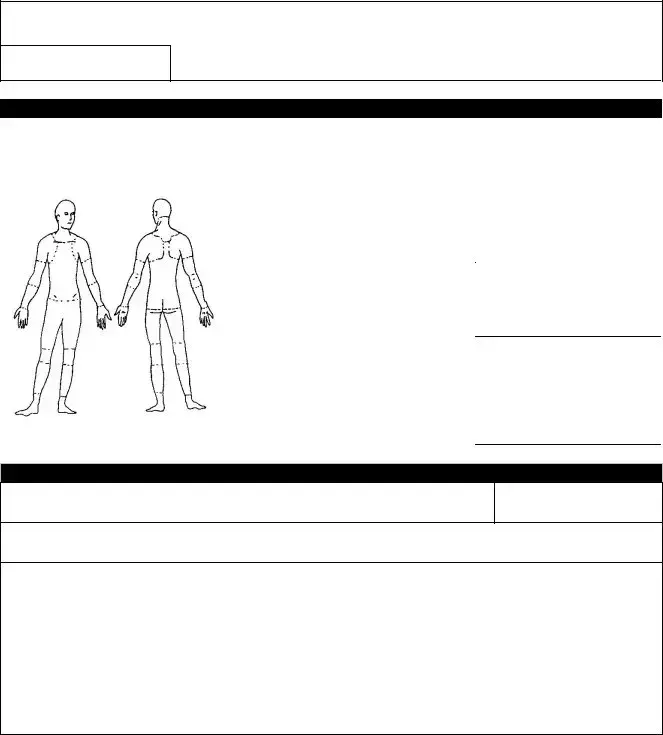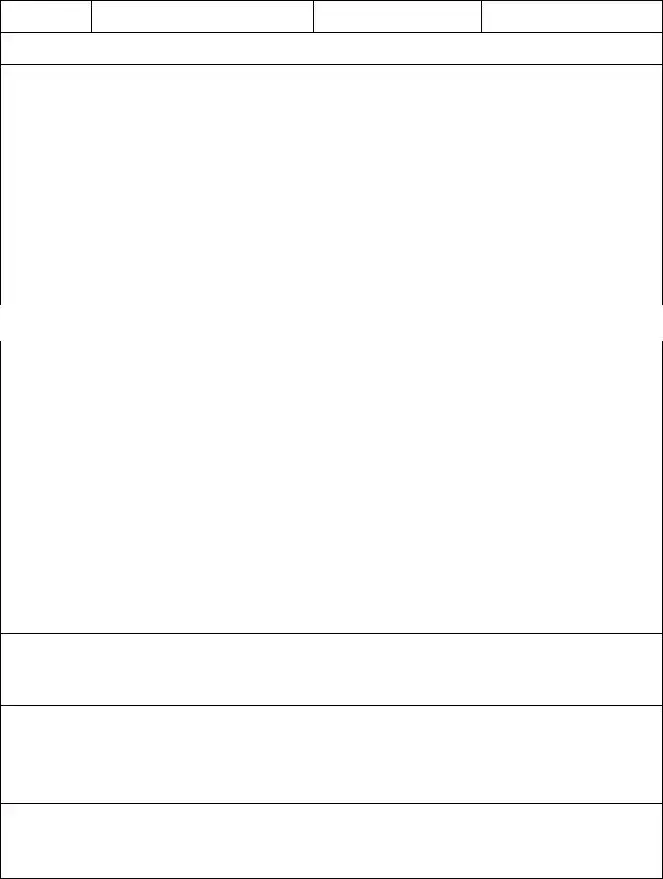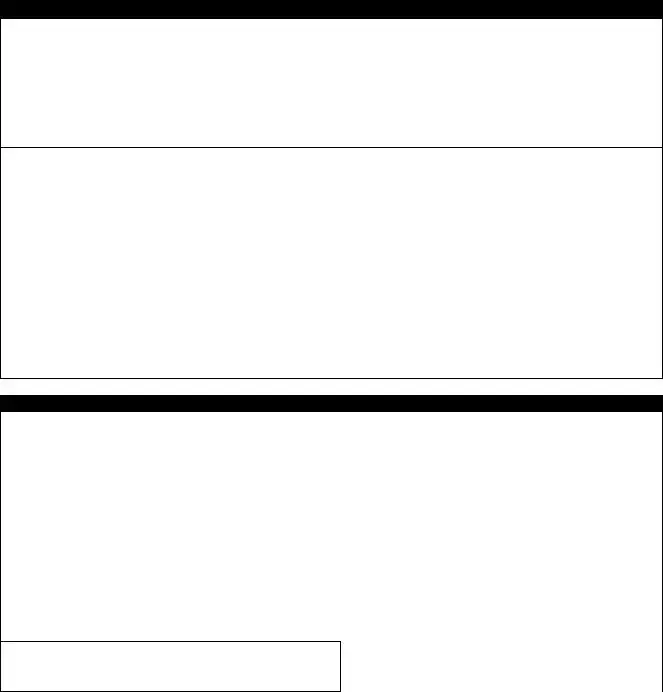Fill a Valid Employee Accident Report Template
The Employee Accident Report form is a document used to record details about workplace accidents and injuries. This form helps employers understand what happened and how to prevent similar incidents in the future. It is important for employees to accurately fill out this form to ensure proper documentation and support.
To begin the process, please fill out the form by clicking the button below.
Get Form



